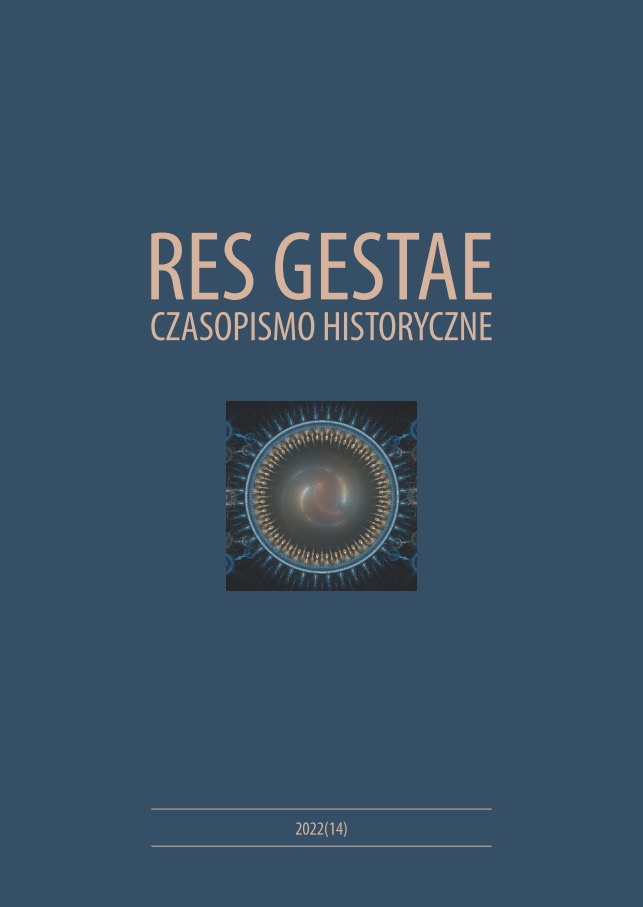The Legitimization of Forced Migration: A Long-Term Consequence of the Paris Peace Conference and the Treaty of Lausanne
Main Article Content
Abstract
Following World War I, the Great Powers gathered in Paris to negotiate a series of treaties under the watchword “national self-determination.” By the beginning of the 20th century national homogeneity had become the ideal attribute of a nation-state, and in practice this is what the Great Powers saw as national self-determination. Only in very few instances did a population actually self-determine its future. In addition, the Great Powers took other considerations into account in redrawing borders in Eastern Europe, resulting in the inclusion of large minorities, which prompted the imposition of treaties protecting those minorities. If the new borders resulted in a change of an individual’s nationality, one could self-determine one’s nationality by “opting” for another nationality, but with the obligation to “transfer” one’s residence to the country of that nationality, the equivalent of forced migration and illustrating the primacy of national homogeneity over self-determination. The Treaties of Neuilly and Sèvres went further by obligating Bulgaria and Turkey to reduce their minority population. The failure of the latter Treaty led to a conference in Lausanne, at which the Great Powers in the resulting Treaty legitimized the expulsion of Greeks and Turks, providing an international sanction for forced migration. In the following decades, statesmen and others repeatedly invoked the Treaty of Lausanne by name as a successful model for dealing with minority-majority conflicts, supposedly by promoting national homogeneity, which culminated in massive forced migrations following World War II.
Article Details
|

